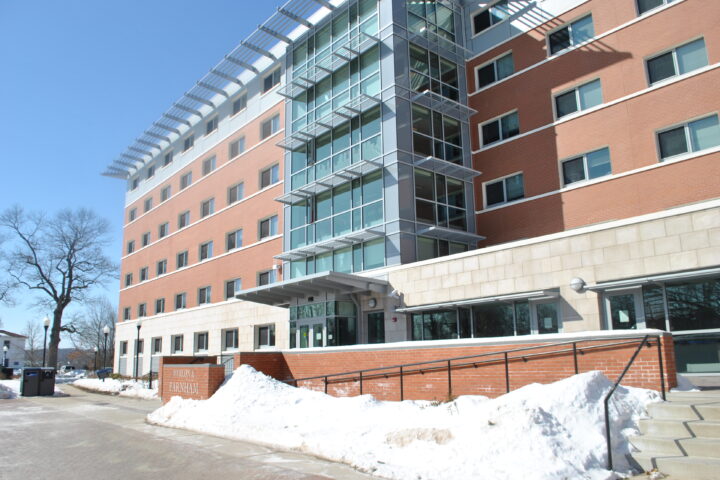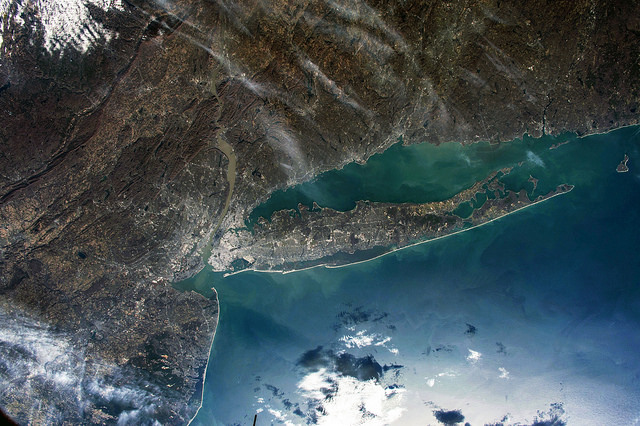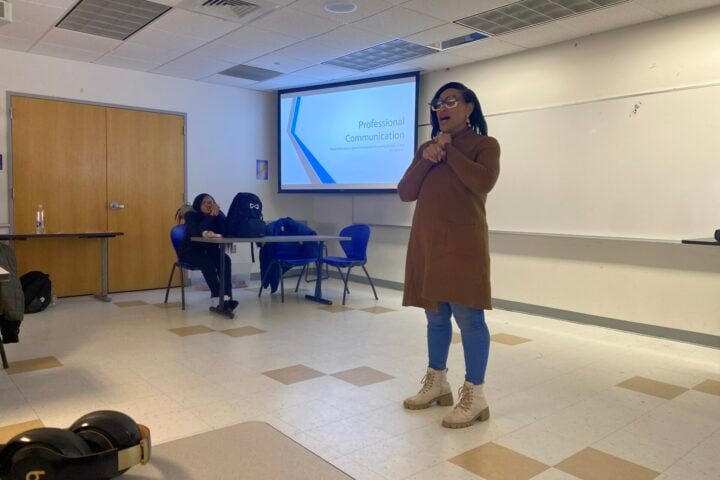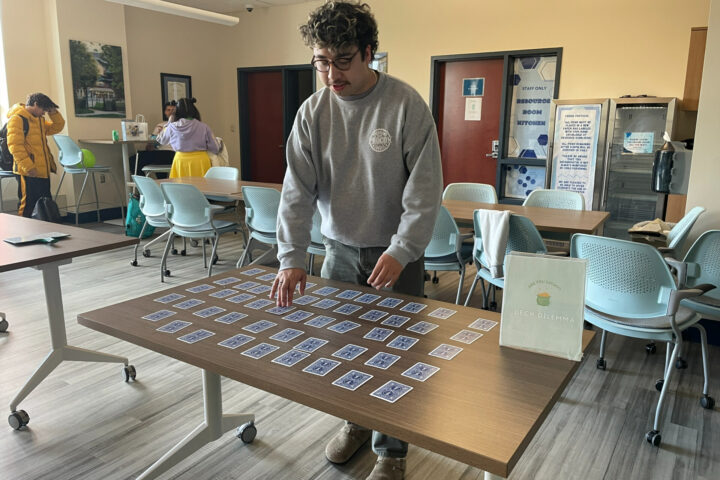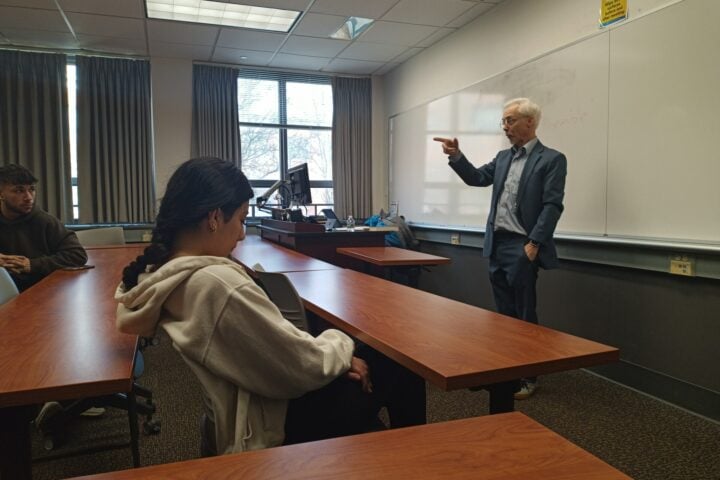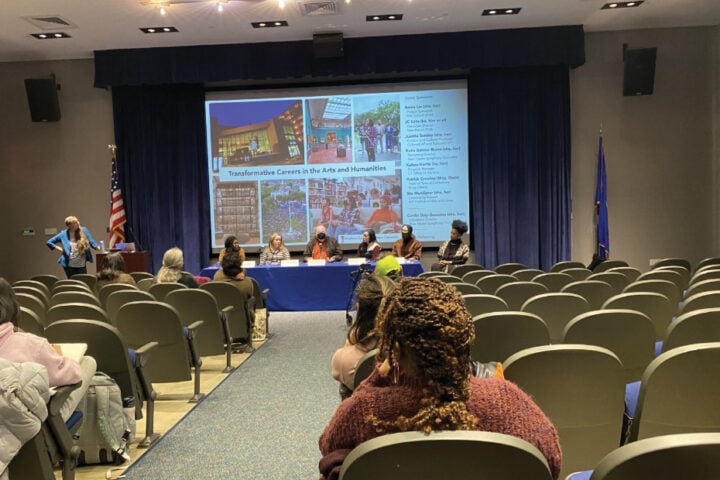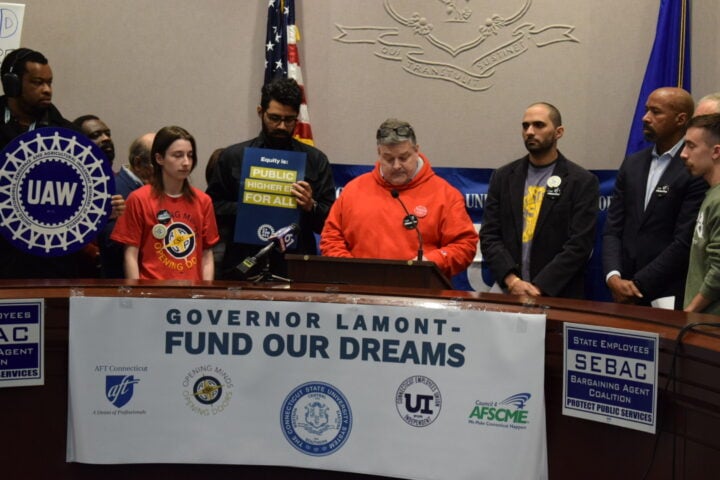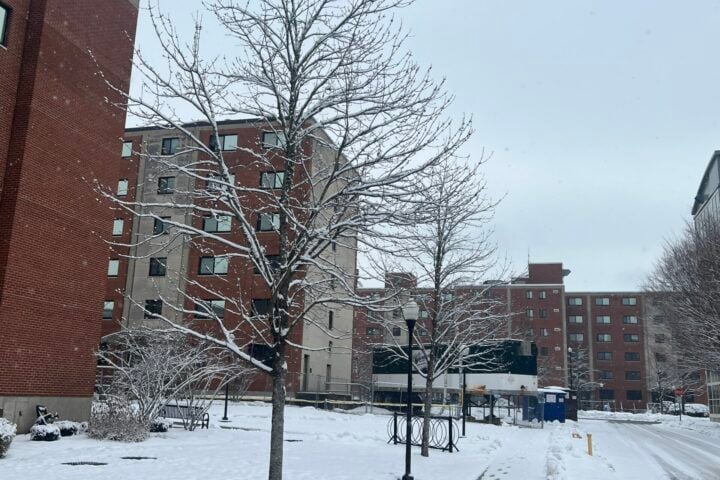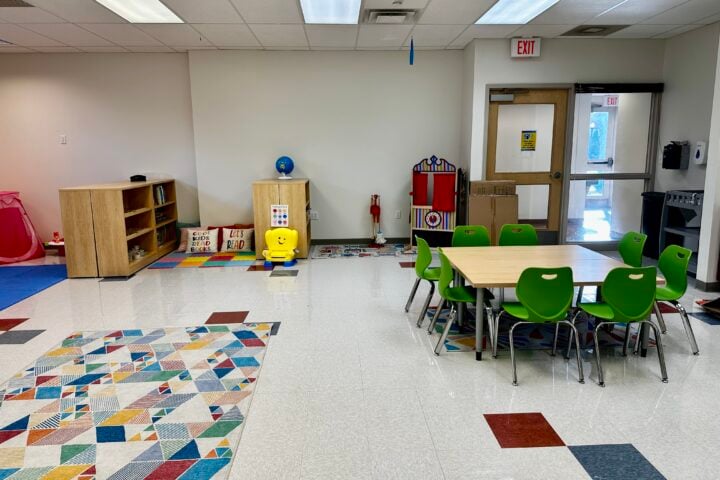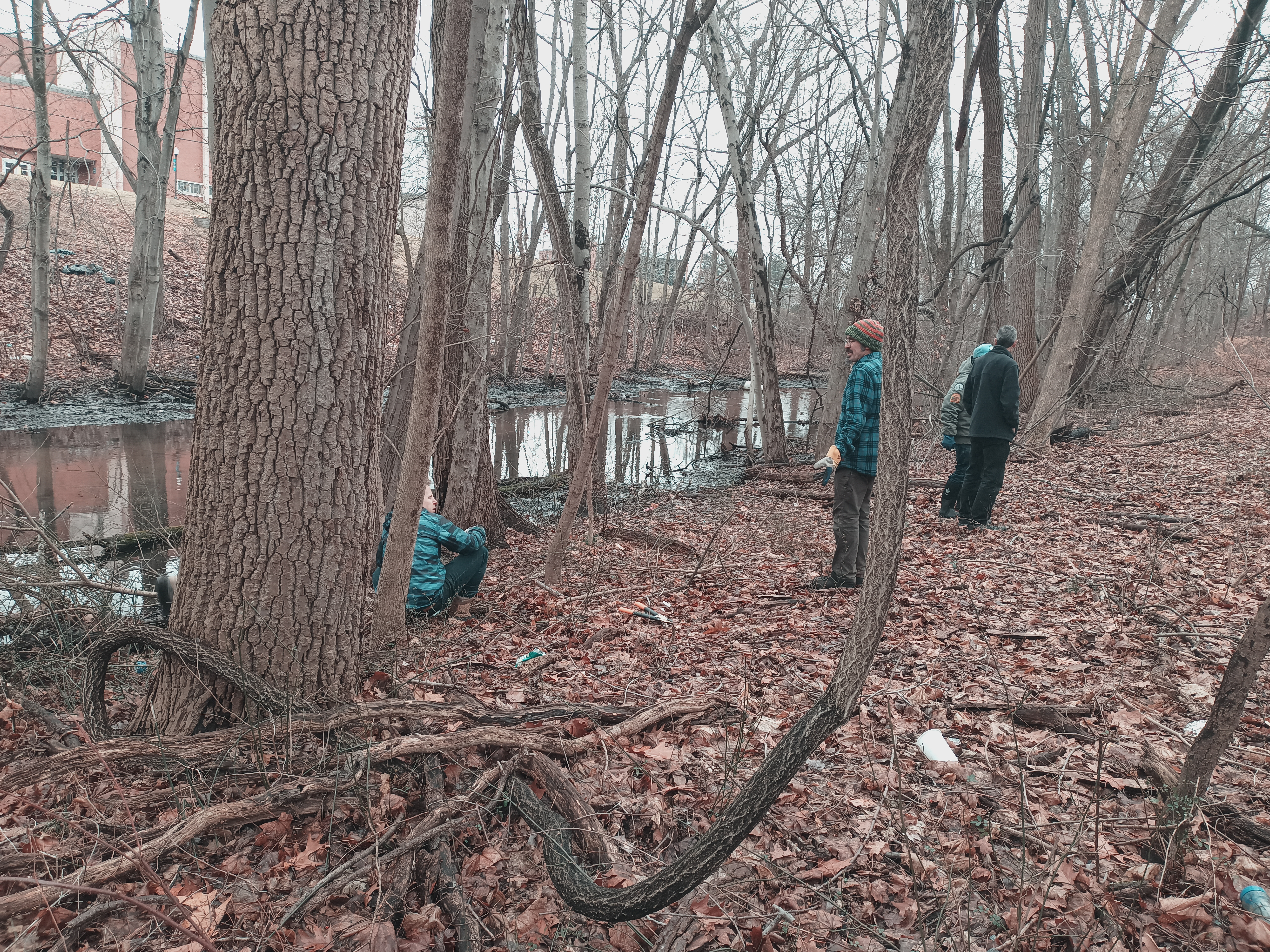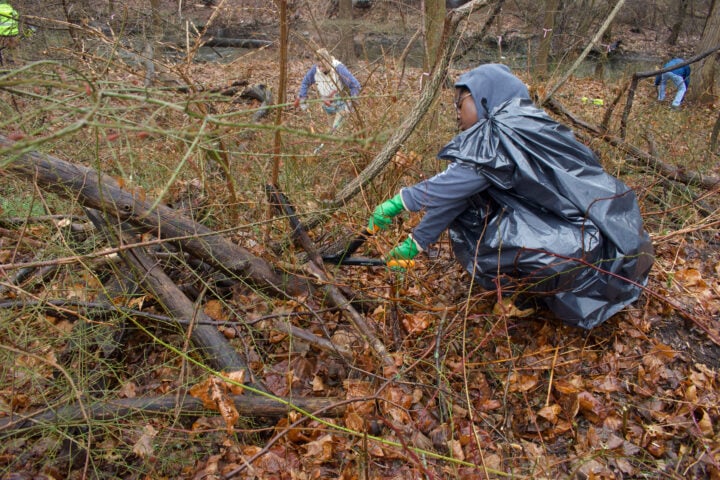Aaron Berkowitz – General Assignment Reporter
Southern students have been examining the elevation levels along the coastlines of East and West Haven to determine its impact on the amount of damage some property sustains during bigger storms/hurricanes.
Dr. James Tait, professor of environmental studies and supervisor of the students’ research, said the collection of data began in these towns because they’re neighbors of the university. He added that the analysis of the data collected is especially important to East Haven because of the damage they suffered during Hurricane Irene and Sandy two years ago.
“A lot of the dramatic damage that occurred was wave damage so a lot of houses were flooded and knocked down,” said Tait. “We decided we wanted to find out what were some of the specific factors that went into the loss of these houses. Some of those factors would be what the street elevation was, the dimensions of the beach meaning the height and width, whether or not there were sea walls or any other structures. We also checked to see if the house had any elevation.”
Michelle Ritchie, senior geography and environmental studies major, said she has been working with classmates to measure street levels of East Haven in order to improve the resiliency of the coastline. From the data she is collecting they hope to interpret the different effects of a storm that hits at high tide versus low tide.
She also said she spoke with a man who owns property along the coastline while she was surveying.
“He lives near there and lives in a condo. He said he stuck it out for one of the storms and actually saw waves going over his house,” said Ritchie.
Tait said from the data they’ve collected now they’ve noticed that the places that suffered the most damages were on parts of the beach that are most eroded.
Dylan Steinberg, senior earth science and marine studies major, said he prefers the fieldwork to the traditional classroom setting and has enjoyed the interactions with the people in the West Haven community.
“You meet people who have lived there for 50 years and they tell you how much smaller they have notice the beach has gotten over time,” said Steinberg. “Being able to bring the data we collect back to see where the sand is moving is fascinating to me.”
Tait explained that there is a common misconception that beaches erode in the winter and get restored in the summer, but that it’s not the truth.
“On average, right along East Haven the beach erodes about .4 meters per year,” said Tait. “Eventually it will disappear. This is the fate of Connecticut beaches.”
Tait said there are beaches eroding like West Haven’s all over the state and the towns pay to have sand delivered to replenish them every decade or so. The problem is that the cost of sand has increased tremendously over the past 50 years, according to Tait.
“When they first did it in 1957 it cost them $55 per linear foot of shoreline. They are doing another project right now and a group of engineers is putting sand on about of 4,000 feet of West Haven coast. This runs them about $3.9 million. When you divide the cost of the project by the length of the beach it costs them almost $1,000 per linear foot now.”
Tait said since this research showed beach size reducing consistently over time they are now working closely with Public Works on how to make the cost of maintaining beaches more cost efficient, by focusing on the stable ones versus the examples which are already eroding the more rapid.
He added that his team cannot prevent flooding, but they aim to identify which areas are most vulnerable to a storm’s effects and improve their resiliency.
“We want to minimize the level of damage from the storms or hurricanes and the disruption to people’s lives and public infrastructure,” said Tait. “Something has to be done if they want the houses on the coastline to stay where they are.”
Photo Credit: Aaron Berkowitz

